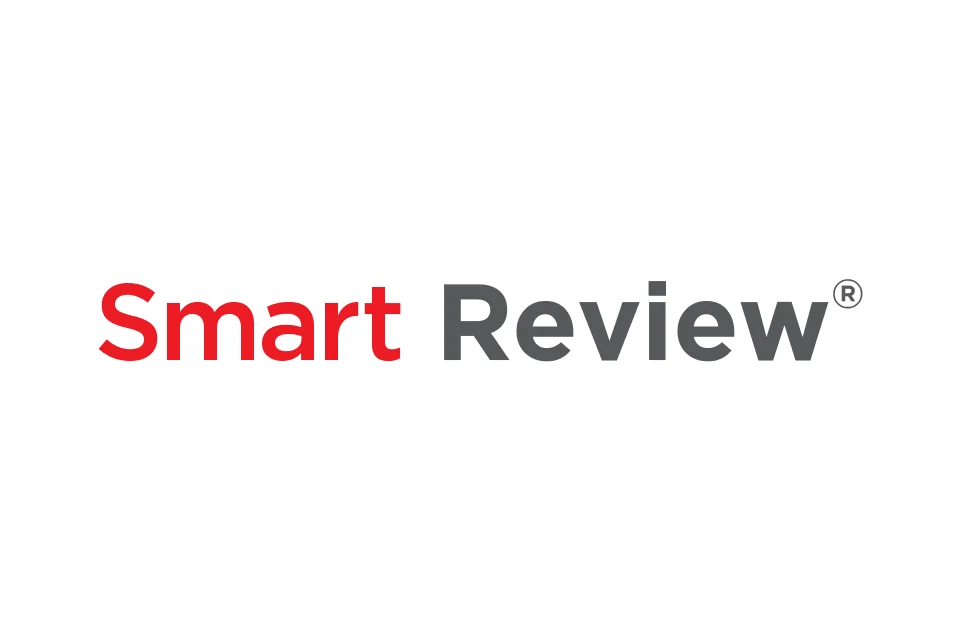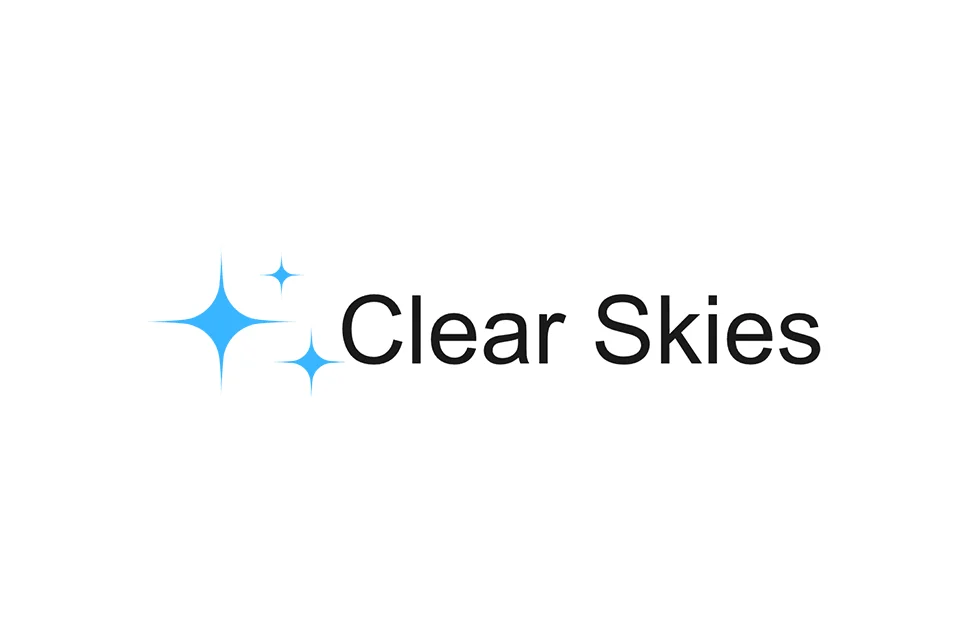Automated Submission Checks, Fraud Detection, and Turnaround Times Now Tracked across Multiple Journals in an Integrated Environment with Major Manuscript Platforms and Research Integrity Services
Authors Tim Vines, Lindsey Morton, and Adrian Stanley explore how AI-driven tools can bridge the gap between policy and practice in research data sharing, making transparency more achievable.
We sat down with entrepreneur, Trip Adler to learn how his platform can help authors make money licensing their work to train LLMs.
The rapid advancement of AI tools like ChatGPT, DeepSeek, and Adobe Firefly is transforming scholarly publishing, necessitating agility and adaptation to stay relevant. In today's post from ORIGINal Thoughts, author Chhavi Chauhan, PhD, aims to guide editorial professionals in ethically leveraging AI to enhance efficiency, stakeholder engagement, and workflow optimization while fostering a collaborative and forward-thinking mindset.
By creating work that follows accessibility recommendations, authors will not only make their research available to a wider audience, they may also enjoy a smoother path to publication.
KnowledgeWorks Global Ltd. Partners with Clear Skies to Integrate Papermill Alarm into Smart Review®
Publishers using Smart Review will now receive automated alerts when the Papermill Alarm detects signs of research fraud in newly submitted papers, saving time in peer-review and preventing retractions.
While the EAA directly applies to EU member states, its influence extends globally, creating expectations for organizations that serve or interact with EU markets.
The author of today’s ORIGINal Thoughts post, Bailey Creamer, has an all-too-relatable answer to the question we posed to her when we asked her to write for the blog (“Why did you go into scholarly publishing?”). She says: “I still don’t have a good answer. It wasn’t my singular passion. I fell into it completely by accident.” For so many of us, we too “fell into” our careers in this industry. Bailey shares how she got here and what transferrable skills she gathered from her diverse work experiences that enabled her success.
The trends of 2025 signal a leap in sophistication and impact—from AI-powered content creation to immersive technologies like VR and AR.










